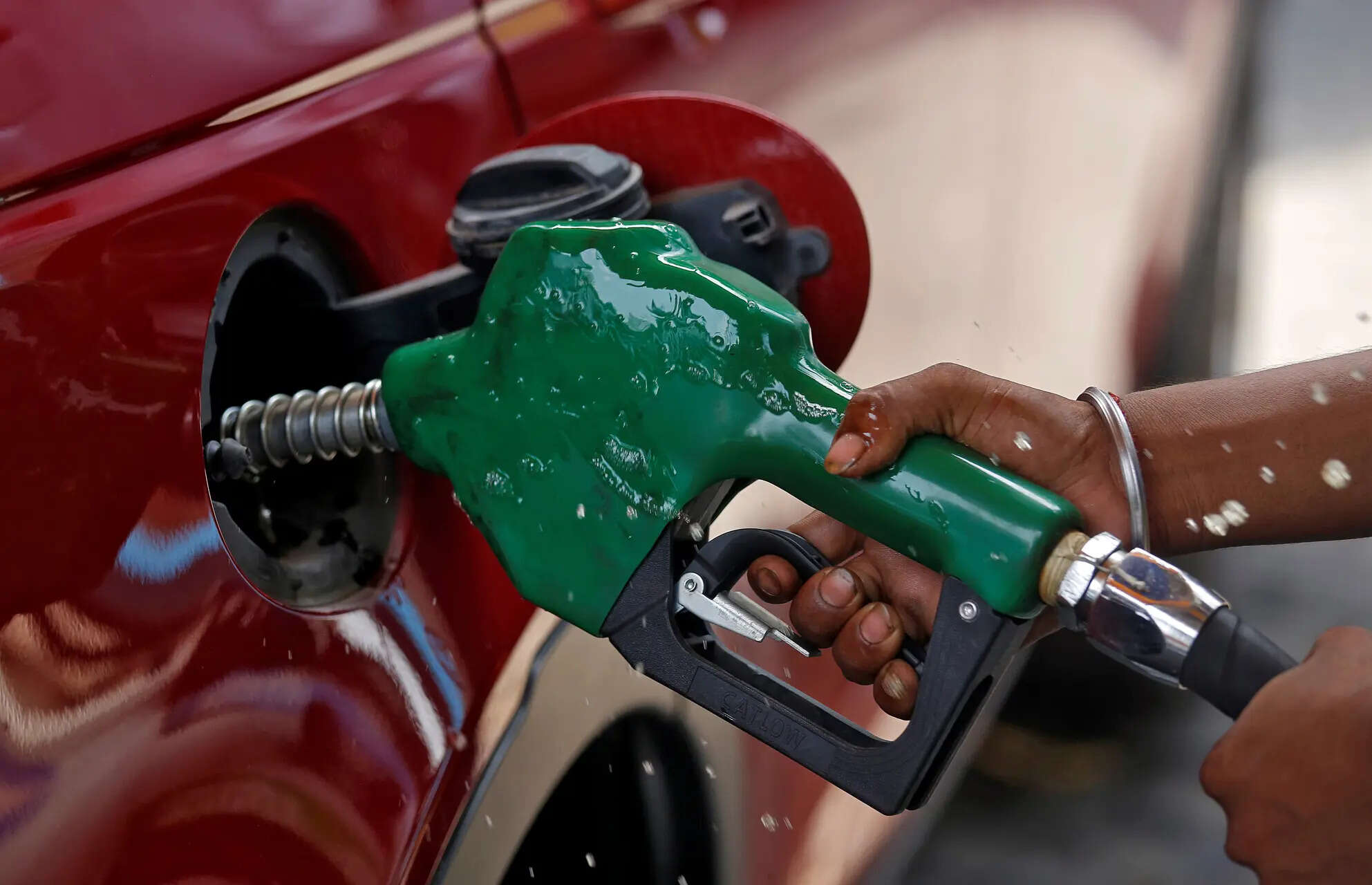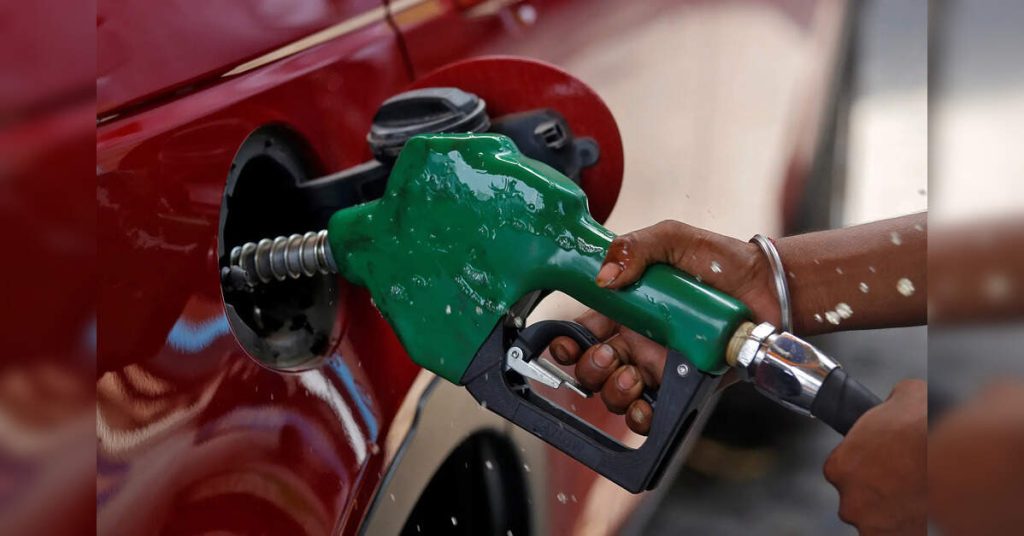
New Delhi: Bengaluru Urban, Mumbai, Patna, Gautam Buddha Nagar and North 24 Parganas record the highest emissions of PM2.5 from diesel generator (DG) sets in the country, according to a new study.
The report, titled ‘Switch on, Smoke off: Reducing Emissions from Diesel Generator Sets’, was released by the Center for Study of Science, Technology and Policy (CSTEP), a Bengaluru-based think tank, at the India Clean Air Summit 2025 on Wednesday.
According to the study, 14.7 lakh DG sets were operational in India in 2022. These machines contributed to 42 gigagrams (Gg) of PM2.5, 23 Gg of black carbon and 877 Gg of nitrogen oxides (NOx). The emissions are particularly high in several districts of Rajasthan, Uttar Pradesh, West Bengal and Maharashtra, the report said.
PM2.5, or particulate matter smaller than 2.5 micrometres, is a major air pollutant linked to respiratory and cardiovascular illnesses.
Patna, Gautam Budhha Nagar in Uttar Pradesh, Bengaluru Urban, Mumbai City, North 24 Parganas in West Bengal, Ajmer, Alwar and Jodhpur in Rajasthan, Bhopal, and Thane in Maharashtra record the highest PM2.5 emissions from DG sets in the country, the study showed.
The study said that older or poorly maintained diesel engines often violate emission standards set by the Central Pollution Control Board (CPCB) and act as “super-emitters”. These units release pollutants well above the permissible limits, especially in urban areas that experience frequent power outages.
With the DG set market projected to grow at a compound annual growth rate (CAGR) of 8.8 per cent by 2030, the study warned that emissions could increase unless cleaner alternatives are promoted.
It recommended measures such as adopting solar-based DG sets, upgrading to CPCB IV+ models with stricter emission controls and switching to gas-based generators.
Retrofitting existing units with emission control devices was also suggested as a way to mitigate air pollution.
Solar photovoltaic systems with storage have the potential to cut emissions completely but currently account for only 30 per cent of DG set demand due to their high cost, land requirements and concerns about reliability, the report said.
Natural gas-based generators can reduce primary PM2.5 emissions by more than 95 per cent but face hurdles such as high upfront costs, limited pipeline networks in remote areas and safety challenges.
The authors said there is a need for a national scrappage policy to phase out outdated and highly polluting DG sets. They also called for economic support measures such as financial incentives for rooftop solar systems with storage and subsidies for the purchase of CPCB IV+ compliant DG sets.
The study suggested that the government make regular emission testing mandatory to identify non-compliant units. In areas where piped natural gas networks are being expanded, it recommended mandating gas-based generators as a cleaner option. PTI


